The workforce stands at the edge of a significant transformation with the emergence of Gen-Z, expected to make up almost 30% of the workforce by 2025. Employers are considering how to adjust to integrate Gen Z into the workplace, with a focus on not just attracting top young talent but also retaining them in an era where job transitions occur rapidly. At The Interior Design Practice we have been working with a number of our clients to design workplaces for the future. We have gathered some key points below when planning your workplace of the future and to attract and retain Generation Z in the workplace.
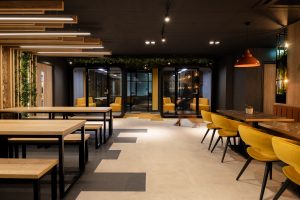
Wellness & Sustainability
Generation Z places a high importance on wellness and sustainability, which they also carry into their work settings. Creating workspaces that elevate natural light, byiphilia, ergonomic furniture, and green areas enhances employee well-being and efficiency. Providing top-notch facilities like gyms and wellness rooms showcases a company’s dedication to employee health. Introducing sustainable materials, energy-efficient systems, waste reduction programs, and recycling initiatives resonates with Gen Z’s eco-friendly beliefs, fostering a healthier and greener work environment.
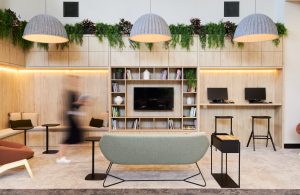
Technology Integration
Technology integration in the workplace has become a critical design factor in attracting and retaining Generation Z employees. Considering that Gen Z individuals are digital natives, blending technology smoothly into the work environment is crucial. Providing access to power outlets, charging stations, high-speed Wi-Fi, and interactive digital tools not only boosts productivity and connectivity but also caters to their preferences. Incorporating intelligent technologies such as virtual collaboration platforms and AI-powered solutions helps streamline work processes and aligns with Gen Z’s inclination towards innovative tech experiences. Moreover, Gen Z values flexibility and work-life balance, which can be supported by cloud technologies and mobile solutions that allow them to work effectively from anywhere.
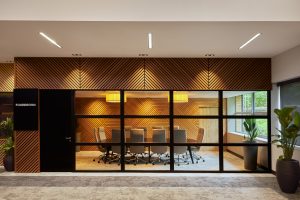
Flexible & Agile Spaces
As workplaces evolve to meet the demands of a new generation, companies are increasingly recognising the importance of designing flexible and agile office spaces to attract Gen Z employees. Generation Z, known for its tech-savvy and values-driven approach excel in flexible and adaptable settings. It’s crucial to create agile workspaces that can quickly adjust to suit various tasks and working preferences. By integrating movable furniture, modular systems, and versatile layouts, Gen Z workers can seek out environments that not only foster creativity and collaboration but also align with their dynamic work styles and personal values.
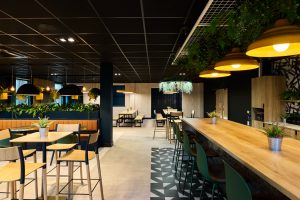
Collaboration Spaces
Collaboration spaces have become a cornerstone for fostering innovation, productivity, and employee satisfaction. For Gen Z it is an essential component of the office design in providing open-plan spaces, breakout areas, social hubs, innovation zones, and informal meeting spots. All spaces having access to writable surfaces, digital whiteboards, and video conferencing facilities thus promoting teamwork, creativity, and the sharing of knowledge across company departments. Overall, collaboration spaces are not just a physical setup but a strategic asset that can drive organisational success and contribute significantly to building a strong workplace culture whilst attracting and retaining employee talent.
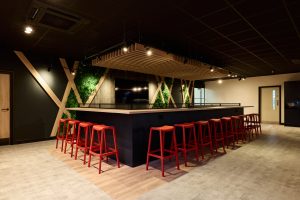
Diversity & Inclusion
Inclusivity and diversity stand as a fundamental value for Gen Z, highlighting the need to establish workplaces that celebrate diversity and nurture a feeling of belonging among employees. Crafting inclusive environments with a variety of adaptable facilities; gender-neutral spaces, mother’s rooms, prayer areas, showcases a dedication to promoting a diverse workforce. Through embracing inclusivity in design, organisations can develop spaces where each individual feels appreciated and esteemed, ultimately drawing in top Gen-Z professionals.
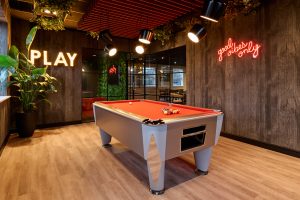
In summary, with the increasing presence of Generation Z in the workforce, businesses must recognise and adjust their workplace design to appeal to and retain the upcoming talent pool. IDP designers will continue to integrate these components into design strategies and create settings that showcase dynamic work environments aligning with the preferences of the next generation of talent.